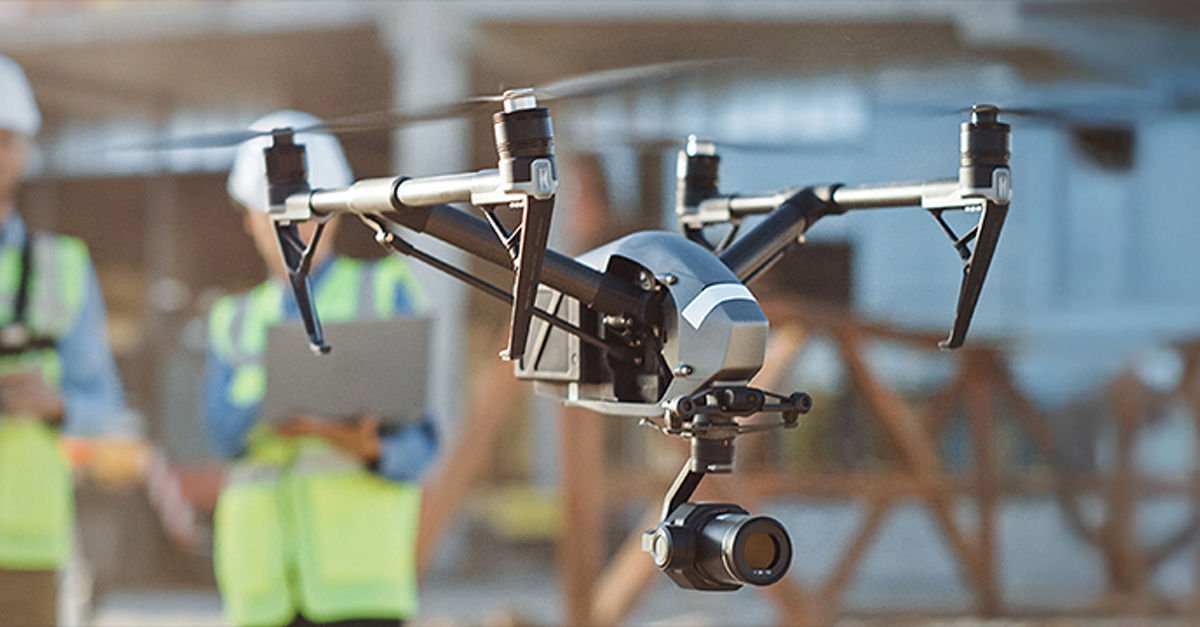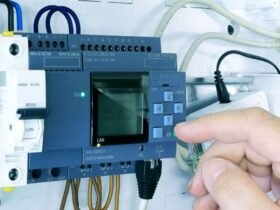In the race to make food delivery faster, smarter and more efficient, a new contender is flying in, literally. Drone technology is redefining how food gets from distribution centers to consumers, offering a quicker, more agile solution to the industry’s enduring “last mile” problem. Sonoran Desert Institute (SDI), accredited by the Distance Education Accrediting Commission (DEAC), emphasizes that as drone operations become more advanced and regulated, trained professionals are needed not just to pilot UAVs but to integrate them into food logistics systems that are safe, reliable and scalable.
What once seemed like a futuristic novelty, meals dropped from the sky, is now a real and growing sector. From rural grocery drop-offs to suburban restaurant deliveries, drones are taking on a larger role in how food reaches our homes. The result is not just convenience for consumers but a logistics transformation that addresses long-standing inefficiencies in the food supply chain.
The Last Mile Problem
The “last mile” refers to the final leg of delivery from a warehouse, store or restaurant to the end consumer. It’s the most expensive and complex part of the logistics process, accounting for more than 50% of total delivery costs in many cases. Traffic congestion, fuel prices and labor shortages all add to the challenge.
Drones offer a solution that sidesteps these issues. By flying over obstacles rather than navigating around them, UAVs shorten delivery windows and eliminate many of the variables that make last-mile service unpredictable. With the right systems in place, they can dramatically reduce delivery times, while keeping costs under control.
Safe drone operations require certified operators trained in FAA regulations and uncrewed flight procedures. While its programs do not specialize in food logistics, they prepare students for roles requiring remote piloting skills and airspace awareness, critical competencies in commercial drone deployment. As demand for drone delivery expands, so does the need for professionals trained in both aviation and logistics.
Efficiency Gains That Matter
One of the biggest advantages of drone delivery is speed. Small UAVs can travel up to 60 miles per hour and take direct routes, allowing for food orders to be fulfilled in minutes, rather than hours. It is especially valuable in urban and suburban areas where traffic patterns often delay deliveries during peak hours.
Beyond speed, drones offer scheduling flexibility. Because they’re not tied to driver availability or vehicle maintenance, they can be deployed during busy mealtimes or late at night when other services are limited. For food businesses, this means extended service windows and higher order volumes, without increasing labor costs.
Environmental efficiency also plays a role. Electric-powered drones produce fewer emissions than gas-powered vehicles, supporting sustainability goals for food companies looking to reduce their carbon footprint.
Broadening Access in Rural Communities
While drone delivery makes headlines in cities, some of the most meaningful applications are happening in rural areas. Communities with limited access to grocery stores or delivery infrastructure can benefit significantly from drone logistics. By bypassing long distances and poor road conditions, drones can provide essential services, where traditional delivery is slow or unavailable.
It is especially impactful during weather disruptions or public emergencies, when drones can continue to operate while roads are closed. From fresh produce to prepared meals, drone access has the potential to close food equity gaps and support broader public health objectives.
Enhancing the Consumer Experience
Consumers have come to expect speed and convenience in every aspect of shopping, including food delivery. Drones not only meet those expectations but elevate them. The novelty and precision of drone delivery enhance brand perception and create a unique customer experience.
With real-time tracking, contactless drop-offs and reduced wait times, drone delivery adds value that goes beyond the product itself. In competitive food markets, this experience can become a differentiator that sets companies apart.
Some food services are already experimenting with temperature-controlled drone compartments to ensure food arrives hot or cold, as intended. These innovations help replicate the quality of in-person dining, without requiring a visit to the restaurant.
Regulatory Foundations for Safe Expansion
As drone delivery expands, so does the regulatory framework that guides it. The FAA has implemented guidelines under Part 107 for commercial drone use, and waivers are available for operations Beyond Visual Line of Sight (BVLOS), which are crucial for long-range food delivery.
Ensuring compliance requires trained personnel who understand flight operations and airspace safety. Certified drone operators are responsible for piloting, mission planning, risk management and adherence to flight restrictions.
Remote training programs offer online coursework and FAA certification preparation to support the growing demand for drone professionals. Through video-based instruction and practical exercises, students build foundational knowledge for UAV operations across various industries.
The Role of Data in Optimization
Behind every successful drone delivery is a data-powered system. Route optimization algorithms, weather analytics, flight logs and delivery feedback all improve efficiency and safety. Companies are using data not only to shorten delivery times but also to anticipate demand, allocate fleets and reduce operational downtime. For food services, this means higher margins and better service consistency.
Skilled workers trained in UAV operations and data analysis are essential to interpret and act on this information. As technology grows more complex, so does the need for workforce development that supports the technical and strategic aspects of drone deployment.
Integration with Broader Supply Chains
Drone delivery doesn’t exist in isolation. It’s most effective when integrated with warehouse systems, POS software and customer apps. It requires seamless communication between drones and food service providers’ digital infrastructure.
Some advanced UAV training programs cover systems integration and automation. SDI’s offerings are focused specifically on UAV flight principles, FAA regulation compliance and mission planning, rather than cybersecurity or full-stack logistics systems. These competencies are vital for building cohesive, secure delivery systems that function across platforms and environments.
Preparing for Scaled Growth
The drone food delivery sector is still in its early stages, but growth projections are strong. Analysts expect the global drone delivery market to surpass $30 billion by 2030, with food and grocery services representing a significant share.
As this expansion unfolds, opportunities can open for technicians, pilots, operations managers and compliance officers. Remote vocational programs are uniquely positioned to supply these professionals quickly, affordably and at scale. The path from the sky to the table is becoming clearer and more common with each passing month. What was once experimental is now operational, and the workforce driving it is growing just as fast.








